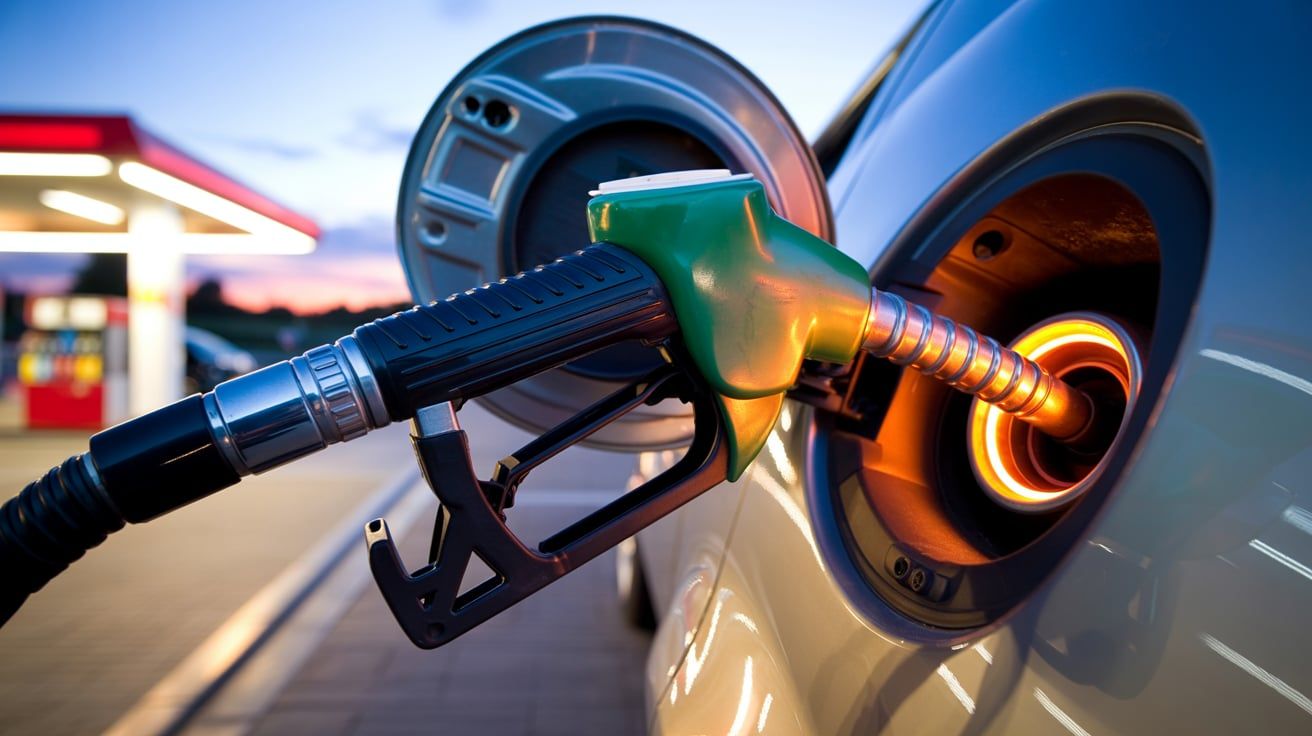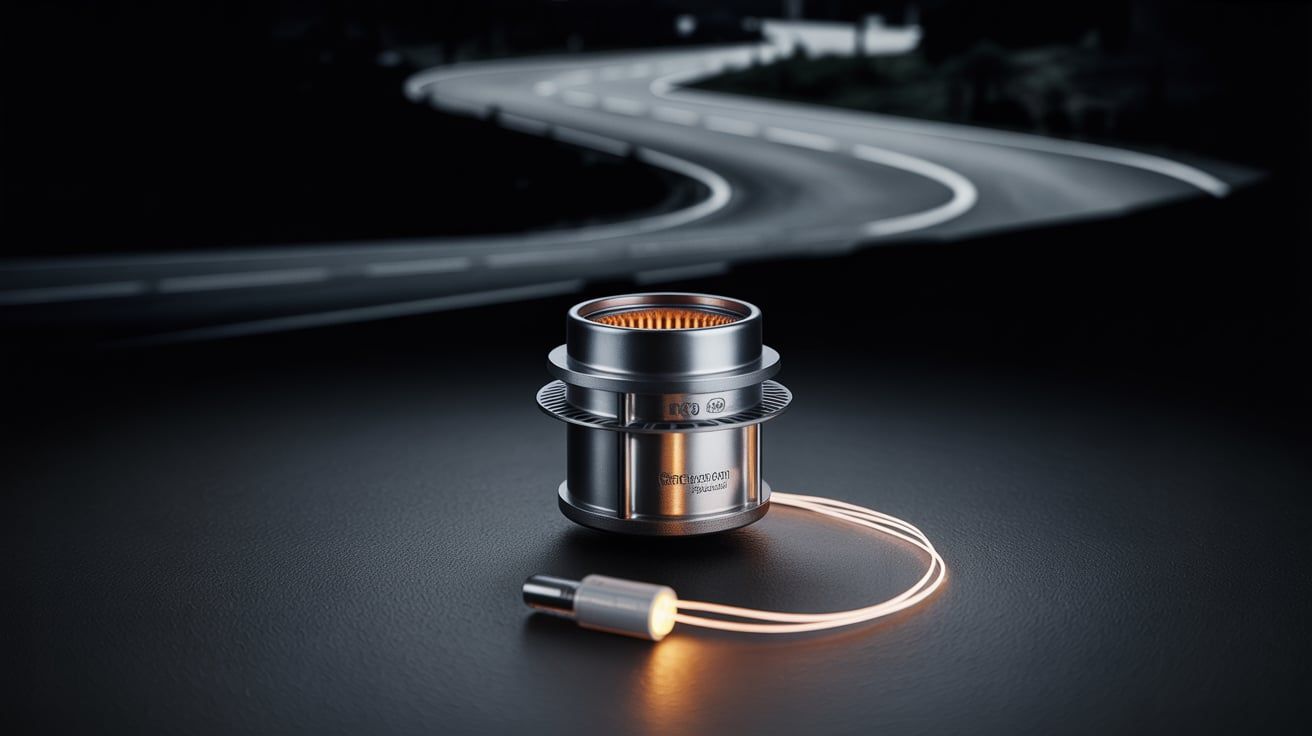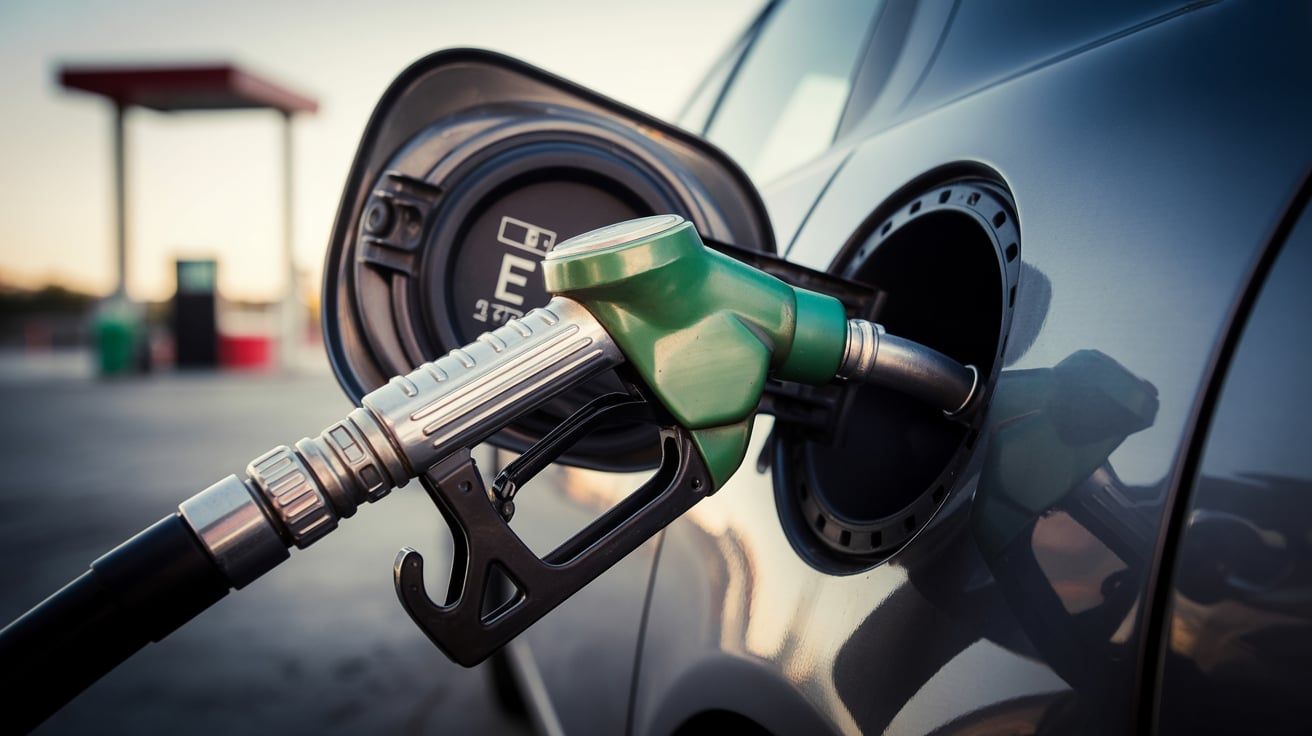The Gas Station Habit That's Slowly Killing Your Engine
Introduction: The Siren Song of "Empty"
Picture this: the low fuel light flickers on your dashboard, a persistent orange glow that seems to mock your procrastination. You tell yourself, "I'll fill up tomorrow," but tomorrow turns into the next day, and the next. You're pushing it, driving on fumes, convinced you can squeeze just a few more miles out of that last gallon. We've all been there, haven't we? But what if I told you this seemingly harmless habit is slowly, silently, and expensively damaging your engine? It's a truth many drivers ignore, often to their vehicle's detriment.
The automotive world is full of myths and misconceptions, but this isn't one of them. Regularly running your fuel tank low can lead to a cascade of problems, impacting everything from your fuel pump to your fuel filter and even your engine's performance. Let's dive into the reasons why this seemingly insignificant habit can have such a significant impact on your vehicle and your wallet.
The Fuel Pump's Silent Struggle
Your fuel pump, typically located inside the fuel tank, is responsible for delivering fuel to your engine. It's a hardworking component, constantly pumping fuel to keep your vehicle running smoothly. However, it relies on the fuel itself to stay cool. When the fuel level is consistently low, the pump is no longer fully submerged, and it struggles to dissipate heat effectively. This overheating can significantly shorten the lifespan of your fuel pump, leading to premature failure.
Imagine running a marathon in the desert without water. That's essentially what you're doing to your fuel pump when you consistently drive with a low fuel level. Replacing a fuel pump is not a cheap repair, often involving significant labor costs. Avoiding this problem is as simple as keeping your tank at least a quarter full.
Sediment City: The Bottom of the Barrel
Over time, sediment, rust, and other contaminants can accumulate at the bottom of your fuel tank. These particles are a natural byproduct of the fuel storage and delivery process. When your fuel level is consistently low, your fuel pump is forced to draw fuel from the very bottom of the tank, sucking up this concentrated sludge. This contaminated fuel then travels through your fuel lines and into your fuel filter, potentially clogging it and reducing its efficiency.
Think of it like stirring up the bottom of a muddy pond. All the debris that was settled at the bottom gets disturbed and mixed into the water. Similarly, a low fuel level allows the pump to draw in the accumulated sediment, leading to potential fuel system issues. This is especially true for older vehicles where the fuel tanks may have more accumulated debris.
Fuel Filter Overload: A Costly Clog
Your fuel filter's job is to protect your engine by trapping the sediment and contaminants we just discussed. However, when it's constantly bombarded with a higher concentration of these particles due to low fuel levels, it becomes overworked and clogged much faster. A clogged fuel filter restricts fuel flow to the engine, leading to poor performance, reduced fuel efficiency, and even engine stalling. In severe cases, it can even damage your fuel injectors.
Replacing a fuel filter is a relatively inexpensive maintenance task, but neglecting it can lead to much more costly repairs down the line. By keeping your fuel tank at a reasonable level, you can significantly extend the life of your fuel filter and prevent these performance issues. Regular maintenance, including fuel filter replacement, is crucial for the longevity of your vehicle and its transportation capabilities.
Fuel Injector Fallout: Precision Interrupted
Fuel injectors are precision components responsible for spraying fuel into the engine's cylinders. They require a clean and consistent fuel supply to function correctly. When contaminated fuel from a low tank reaches the injectors, it can clog their tiny nozzles, disrupting the spray pattern and leading to incomplete combustion. This can result in reduced power, poor fuel economy, and increased emissions. In severe cases, clogged fuel injectors may need to be professionally cleaned or even replaced, a costly and time-consuming repair.
Imagine trying to paint a masterpiece with a clogged spray can. The result would be uneven, splattered, and far from perfect. Similarly, clogged fuel injectors disrupt the precise fuel delivery required for optimal engine performance. Protecting your fuel injectors by maintaining a sufficient fuel level is a simple way to ensure your engine runs smoothly and efficiently.
The Condensation Conundrum: Water in Your Tank
A nearly empty fuel tank is more susceptible to condensation. As the temperature fluctuates, moisture can condense inside the tank, forming water droplets. Water is heavier than gasoline and settles at the bottom of the tank, where it can be drawn into the fuel system. Water in the fuel system can cause corrosion, rust, and other damage, leading to poor engine performance and potential component failure. Modern vehicles are designed to handle small amounts of water, but consistently exposing the system to water can overwhelm its defenses.
Think of it like leaving a glass of water outside overnight. Condensation will form on the inside of the glass. The same thing happens inside your fuel tank when it's mostly empty. Keeping your tank fuller reduces the amount of air space available for condensation to form, minimizing the risk of water contamination.
Driving Style and Fuel Efficiency: A Vicious Cycle
When your fuel light is on, you might subconsciously alter your driving style to conserve fuel. This often involves driving slower, accelerating more gently, and avoiding aggressive maneuvers. While these habits can improve fuel economy in the short term, they can also lead to a less enjoyable driving experience. Furthermore, the anxiety of potentially running out of gas can be stressful and distracting, making driving less safe. The best way to maintain optimal fuel efficiency and a relaxed driving experience is to simply keep your fuel tank at a reasonable level.
Consider the overall impact on your transportation needs. Are you really saving money by constantly pushing the limits of your fuel tank, only to potentially face costly repairs and a diminished driving experience? A proactive approach to fuel management is a far more sustainable and cost-effective strategy in the long run. Remember, responsible driving habits extend beyond just obeying traffic laws; they also include taking care of your vehicle's mechanical well-being.
The Long-Term Cost: More Than Just Gas
While the immediate cost of filling up your gas tank might seem like the only expense, the long-term consequences of consistently running on empty can be far more significant. Premature fuel pump failure, clogged fuel filters, damaged fuel injectors, and corrosion in the fuel system can all lead to expensive repairs and reduced vehicle lifespan. These costs can easily outweigh any perceived savings from delaying a trip to the gas station. Furthermore, the inconvenience of dealing with a breakdown or unexpected repair can disrupt your daily life and add unnecessary stress.
Ultimately, the habit of driving with a low fuel level is a false economy. It's a short-sighted approach that can lead to long-term financial and logistical headaches. By adopting a more responsible fuel management strategy, you can protect your vehicle, save money, and enjoy a more reliable and stress-free driving experience. The automotive industry is constantly evolving, but some basic principles of vehicle maintenance remain timeless. This is one of them.
Conclusion: Break the Habit, Save Your Engine
The next time that low fuel light flickers on, resist the urge to push it. Remember the potential consequences: a struggling fuel pump, a clogged fuel filter, damaged fuel injectors, and a potentially shortened engine lifespan. These are all avoidable problems that can be easily prevented by simply keeping your fuel tank at least a quarter full. It's a small change that can make a big difference in the long-term health and performance of your vehicle. Think of it as an investment in your transportation future.
So, let's break this bad habit together. Make a conscious effort to fill up your tank before it gets too low. Your engine will thank you, your wallet will thank you, and you'll enjoy a more reliable and stress-free driving experience. Don't wait for the warning light to become a constant companion. Take control of your fuel management and protect your vehicle from the silent killer of low fuel levels. Schedule that fill-up today!



